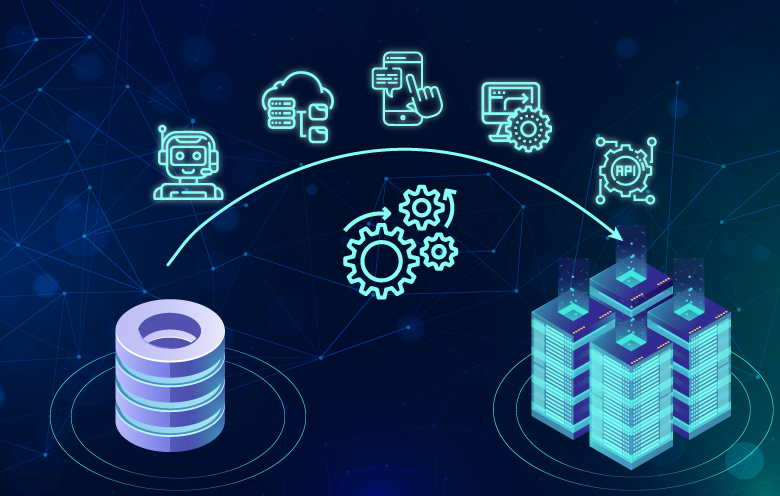Challenges
Inventory Management:
Difficulty in tracking inventory levels accuratel y, leading to stockouts and overstocking.
Sales Tracking
Inefficient sales tracking and reporting, making it hard to analyze business performance.
Customer Experience
Lack of a streamlined checkout process, resulting in long wait times and customer dissatisfaction.

Solution Proposed
Our client decided to modernize their software applications by implementing a cloud-based retail management system. The new system aimed to:
Improve Inventory Management
Provide realtime inventory tracking and automated reordering.
Enhance Sales Tracking
Offer detailed sales reports and analytics.
Optimize Customer Experience
Streamline the checkout process and introduce personalized marketing.
Implementation Approach:
Assessment and Planning:
Conducting a thorough assessment of the e xisting system and planning the migration to a cloud-based solution.
Development
Building the new system using modern technologies suc h as React for the front end and Node.js for the back end
Migration
Migrating data from the legacy system to the new cloudbased system, ensuring data integrity and minimal downtime.
Training
Providing training to employees to ensure a smooth transition t o the new system.
Proposed Tools & Technologies
We proposed our client several modern tools and technologies by explaining their importance and value to modernize their retail applications:
Cloud Infrastructure:
Amazon Web Services (AWS): Used for hosting and managing the new retail management system, ensuring scalability and reliability.
Front-End Framework:
React: A popular JavaScript library for building user interfaces, React was used to create a dynamic and responsive front end.
Back-End Framework:
Node.js: This JavaScript runtime was used for building scalable a nd efficient server-side applications.
Back-End Framework:
Node.js: This JavaScript runtime was used for building scalable a nd efficient server-side applications.
Database:
Amazon RDS (Relational Database Service): Used for handling relational databases, providing automated backups, patching, andscaling capabilities.
Amazon DynamoDB: A NoSQL database service for handling high-traffic workloads with minimal latency.
Containerization:
Docker: Used for containerizing applications, making them portable and ensuring consistent environments across development and production.
Kubernetes: For orchestrating and managing containerized applications, ensuring efficient deployment, scaling, and operation.
CI/CD Pipelines:
Jenkins: Implemented for continuous integration and continuous delivery (CI/CD), automating the build, test, and deployment processes.
API Gateway:
Amazon API Gateway: Managed the APIs, ensuring secure and eff
icient communication between different services.
Monitoring and Logging:
Amazon CloudWatch: Used for monitoring application performance and logging, providing insights into system health and aiding in troubleshooting.
Security:
AWS Identity and Access Management (IAM): Managed user access and permissions, ensuring secure access to resources.
Final Outcome:
Improved Inventory Management
Realtime tracking reduced stockouts and overstocking, optimizing inventorylevels.
Enhanced Sales Tracking
Detailed reports and analytics helped client make informed business decisions.
Better Customer Experience
The streamlined checkout process and personalized marketing improved customer satisfaction and loyalty.
Operational Efficiency
The new system reduced manual tasks and improved overall efficiency. Increased their sales by over 28%, saved 23 Man hours in a month keeping track of inventory efficiently.

Conclusion:
The modernization of our client, software applications transformed their operations, making them more efficient, customer-focused, and competitive in the market. The decision to move to a cloudbased solution was a key factor in their success, enabling them to better serve their clients and stay ahead of competitors.


